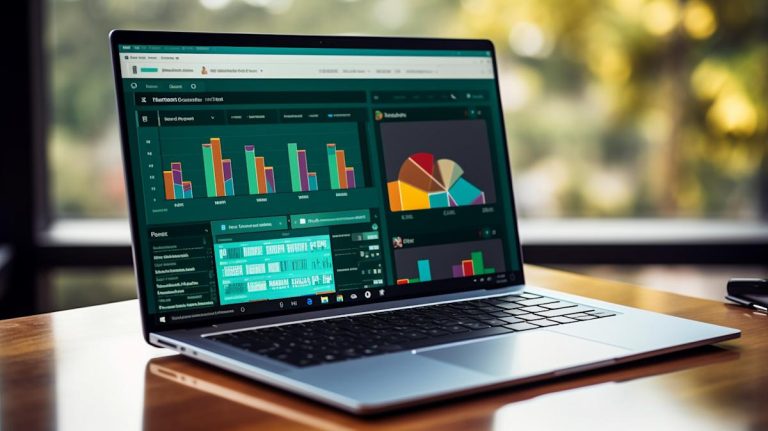By Pritam Biswas and Arasu Kannagi Basil
(Reuters) -Visa and Mastercard are expected to report higher quarterly profits this week on steady consumer spending, and analysts will scrutinize how demand for travel and discretionary purchases is shaping up in the face of tariff uncertainty.
The results from the world’s biggest payment processors will help flesh out the broader financial outlook that major banks such as JPMorgan Chase and Wells Fargo presented earlier this month, signaling a resilient consumer.
“Visa and Mastercard remain top ideas, particularly in an uncertain macro environment, given their broad-based exposure to discretionary and non-discretionary spend, geographic reach, and proven ability to stabilize their expense increase in downturns,” Oppenheimer analysts said in a note.
Billions of people worldwide use Visa and Mastercard for their everyday spending and other purchases, making the card networks better equipped to weather downturns. They also have more expense flexibility to support profit growth.
In recent years, the companies have diversified their business model by building out value-added services such as threat intelligence and fraud reduction.
Still, some analysts expect a potential spending slowdown in the back half of 2025. Cross-border travel, a high-margin business for payments companies, has come under some pressure due to trade tensions and geopolitical risks.
Slower travel from Canada to the U.S. and fresh tensions in the Middle East in June have raised concerns over a potential drag on growth.
Analysts will also examine whether elevated volumes are being driven by a pull-forward in spending, as consumers pre-purchase goods they expect to get costlier after tariffs are imposed.
In the second quarter, total card spending volumes modestly increased across bank issuers. Across credit and debit cards, Bank of America showed an increase of 110 basis points, while JPMorgan Chase showed a 40 bps rise, according to data compiled by RBC Capital Markets.
“On balance and relative to expectations, data seems neutral for the networks and acquirers, considering overall spending trends appear at least stable compared to last quarter’s growth, which we think should be good enough considering the macroeconomic volatility since last quarter’s earnings,” J.P. Morgan analysts said in a note.
Investors will also zero in on the forecast around stablecoins. While both the card giants plan to launch products linked to the cryptocurrency, the recent passing of the Genius Act has raised some concern that stablecoins could eliminate the need for payment intermediaries in the long term.







